-
Sequential Narrative Art In Picture Books
Sequential Narrative describes art which tells a story in a series of images making use of frames. Let’s say there are 7 main categories of Narrative art. Narrative art is art which tells a story. Monoscenic — represents a single scene with no repetition of characters and only one action taking place Sequential — very much like a continuous narrative […]
-
An Entire World In A Single Illustration
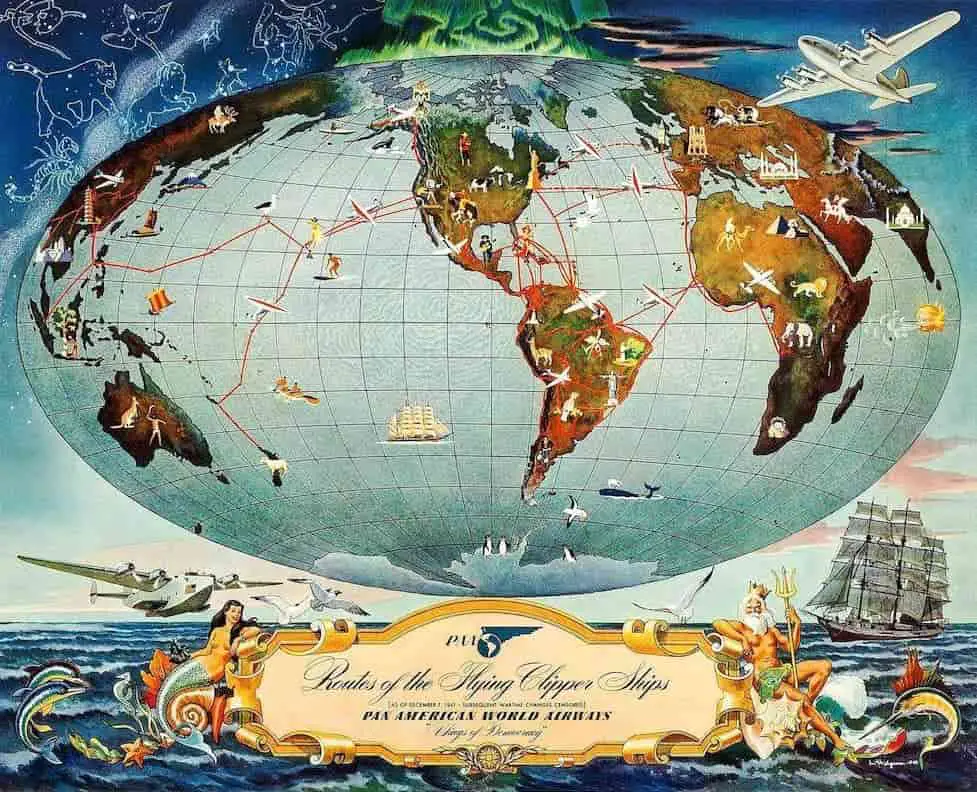
Sometimes illustrators want to convey an entire storyworld within a single scene. These are useful as establishing shots in stories. Some call these illustrations ‘panoptic‘. Panoptic refers to ‘showing or seeing the whole at one view’. Panoptic narrative art is often a bird’s eye view. The ‘camera’ is above. This is the art world’s equivalent of an all-seeing […]
-
Archways In Composition
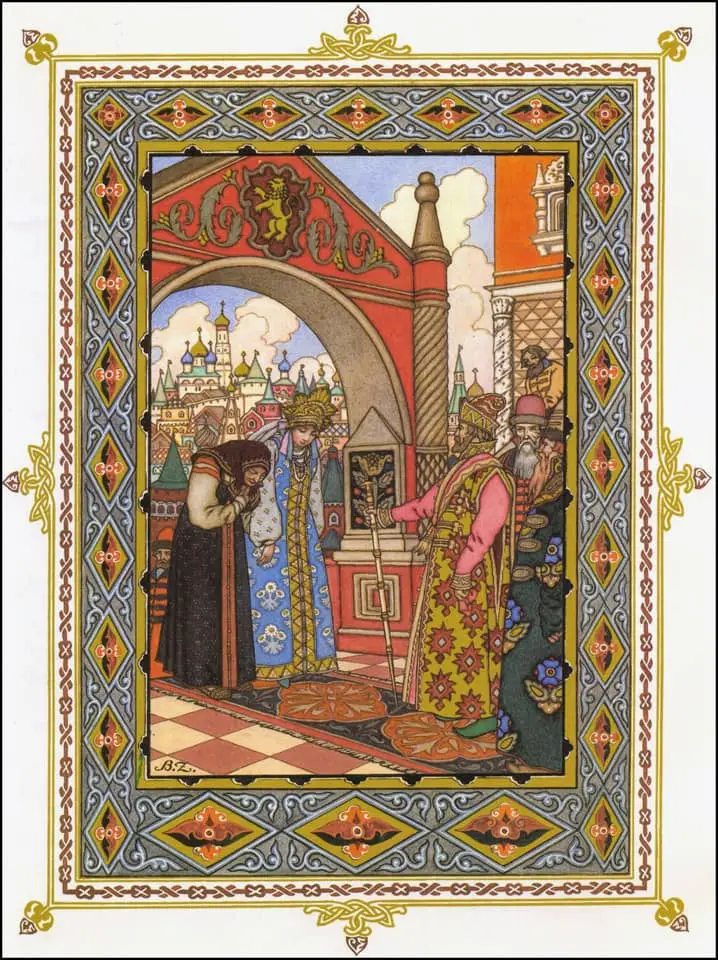
As a framing device, arches, archways and arcs are useful to illustrators. Below are various examples of archways in art and illustration.
-
Depicting Motion In Illustration
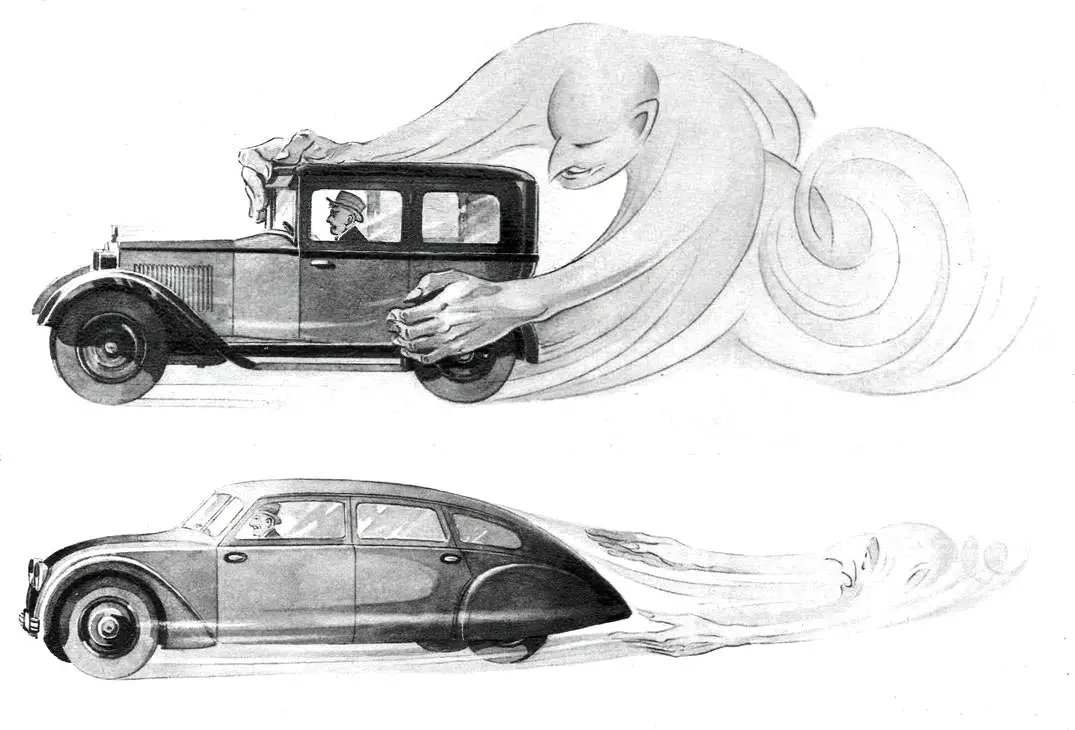
How do illustrators convey motion when creating static images?
-
Progressive Narrative Art
Progressive narrative in artwork describes a single scene in which characters do not repeat. However, multiple actions are taking place in order to convey a passing of time in the story. There are 7 main categories of narrative art. Narrative art is art which tells a story. Monoscenic — represents a single scene with no repetition of characters and only one action […]
-
Continuous Narrative Art In Picture Books
A continuous narrative is a type of visual story that illustrates multiple scenes of a narrative within a single frame. Multiple actions and scenes are portrayed in a single visual field without any dividers. The sequence of events within the narrative is defined through the reuse of the main character or characters. Continuous narrative emphasises the change […]
-
Panoptic Narrative Art In Picture Books
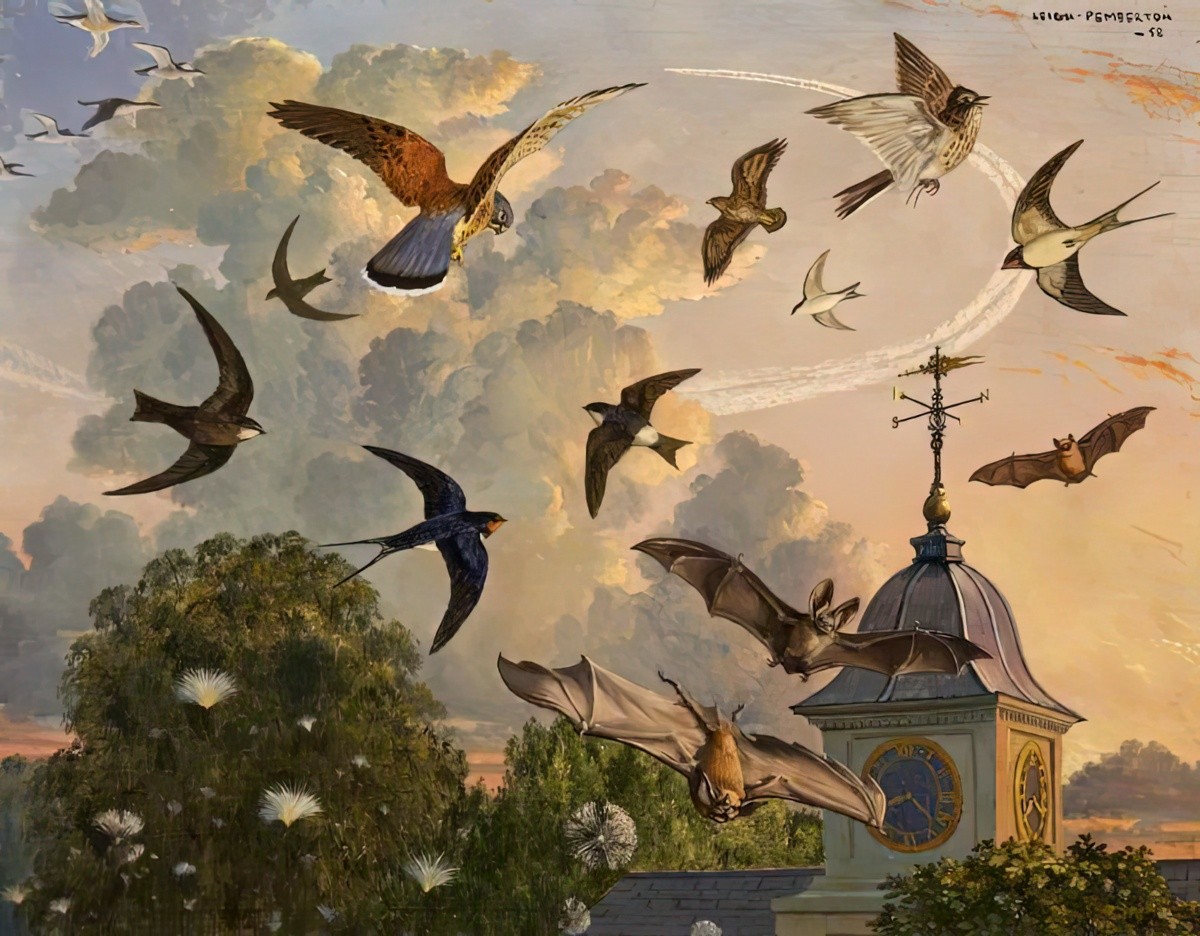
Let’s say there are 7 main categories of Narrative art. Narrative art is art which tells a story. Panoptic refers to ‘showing or seeing the whole at one view’. Panoptic narrative art is often a bird’s eye view. The ‘camera’ is above. This is the art world’s equivalent of an all-seeing (omniscient) narrator. Panoptic and panoramic […]
-
Ways Of Seeing On YouTube
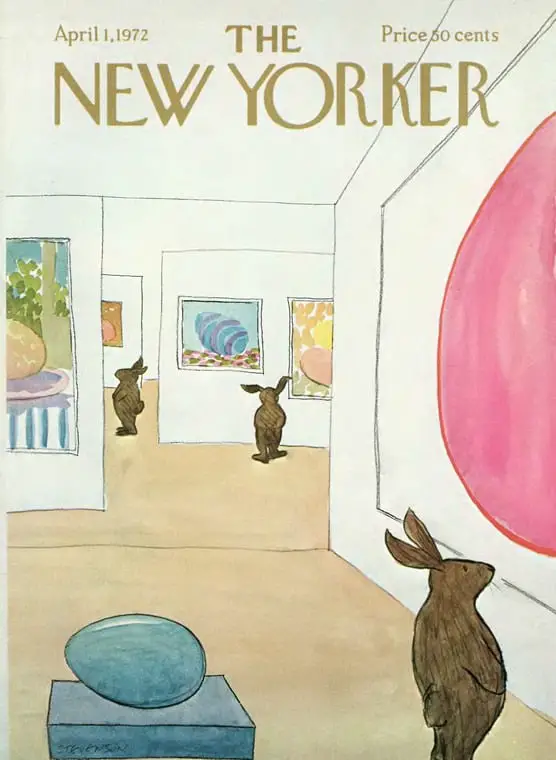
EPISODE ONE, PART ONE John Berger tells us that late 20th century audiences view classic paintings very differently from earlier people. A large part of seeing depends on habit and convention. European paintings are made for European perspectives. Perspective depends on the eye of the beholder, like an inverse lighthouse. Instead of light beaming in, […]
-
Composition In Film and In Picture books
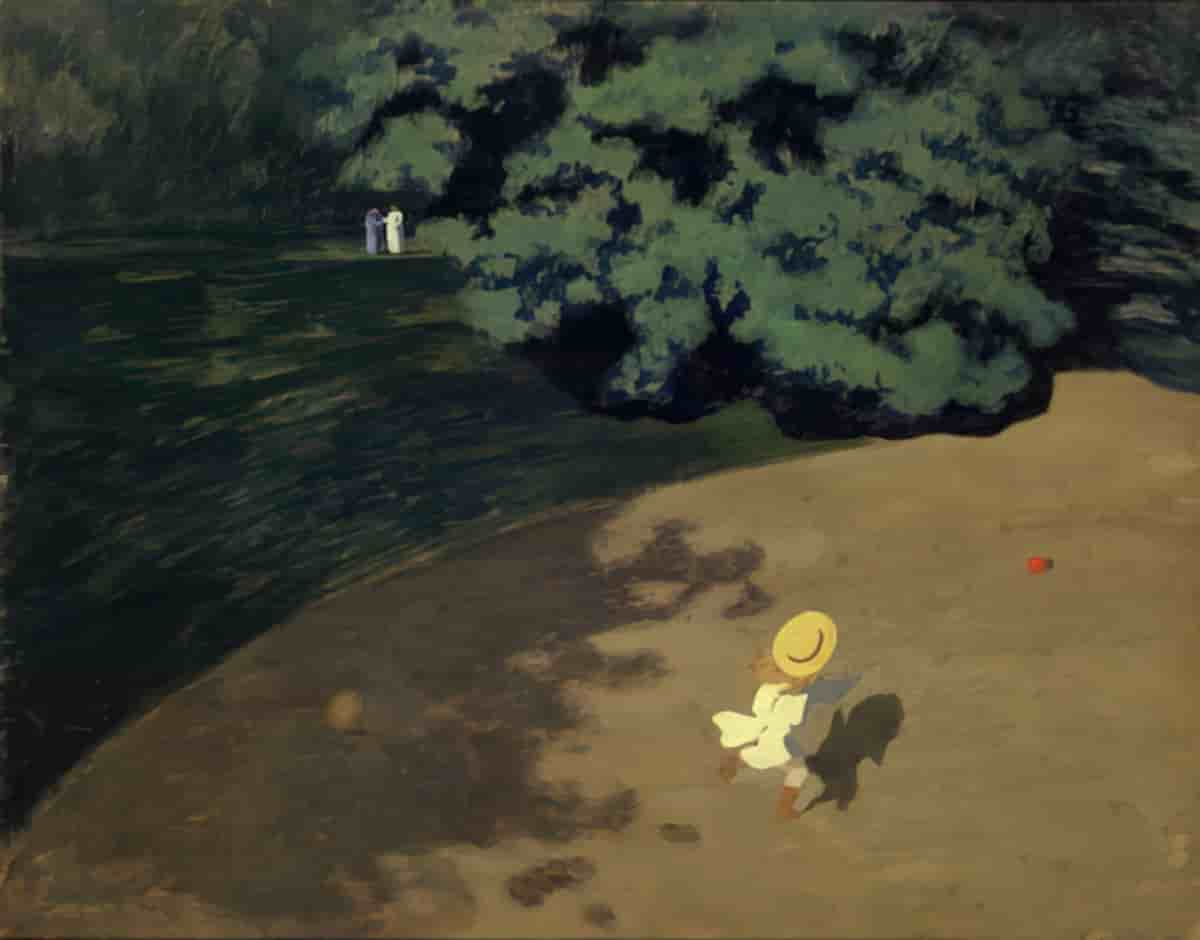
Ah, composition. How things are arranged on the page… or on the screen. I have written before about how picture books have a lot in common with film, and that study of one equals study of the other.
-
Glossary of Picturebook Terminology For Review and Analysis
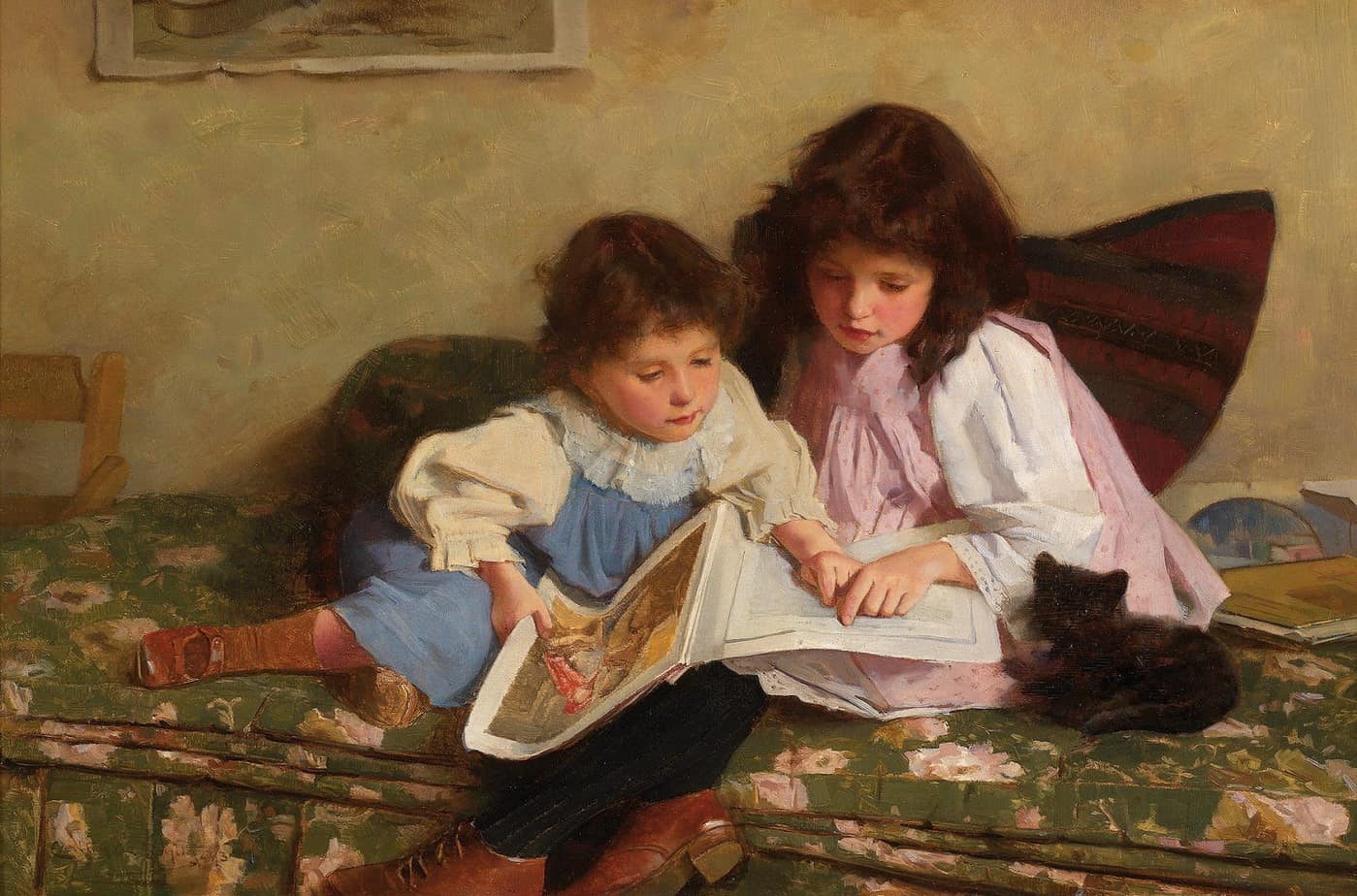
Is it picture book or picturebook? When commentators put the two words together, they do so mindfully: The terminology we apply to books, texts and reading do not seem to attach to the picturebook so readily. For example, if we speak of ‘the text’ of a picturebook, do we mean the words or the words-and-pictures […]